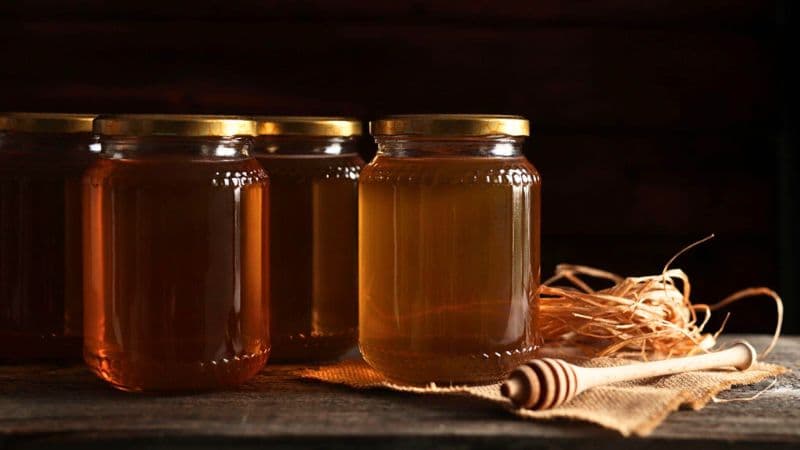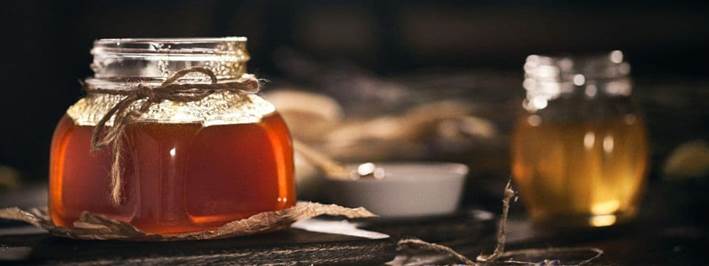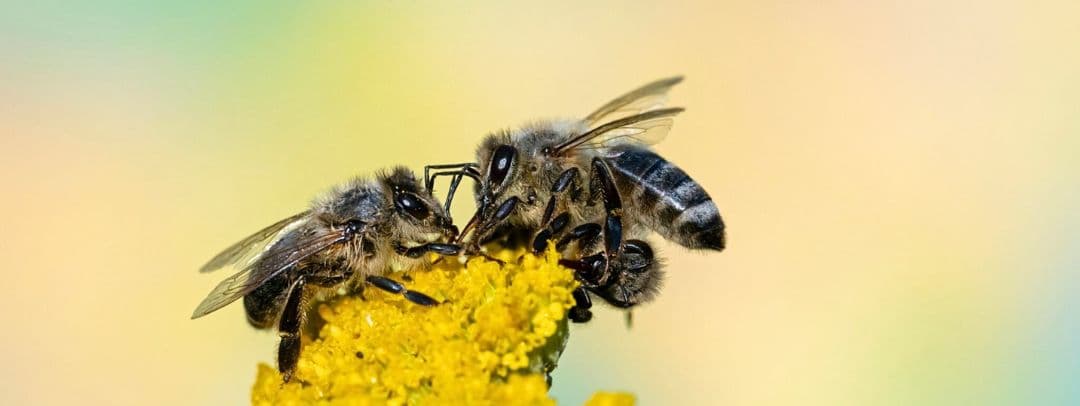Blossom honey has a very characteristic flavour because it comes from specific bee flowers. Each of the honeys made from these flowers has a different taste.
Our delicious honeys undergo sophisticated production processes from the moment the bees begin to gather honey. We have already talked about how these animals work to make honey. Today we will focus on the flowers from which nectar and pollen are extracted and their qualities.
Properties of blossom honey
Flower honey is very useful for our health. Its natural origin offers a series of very beneficial advantages for the organism. For example, it contains a large amount of minerals such as phosphorus, calcium, iron and magnesium.
This type of honey also serves as a natural treatment for problems related to the digestive system; it helps to fight some digestive infections and soothes and calms stomach pains, preventing possible irritations.
It is advisable to use honey as a sweetener instead of sugar. Honey also contains sugar, but the flavour it offers helps to reduce the amount of sugar in proportion. It is also of natural origin.

Organoleptic characteristics of blossom honey
The quality of this type of honey varies according to its colour, smell and flavour depending on the season of the year and the type of flowers the honey comes from. In general, it is one of our most complete honeys in terms of flavour and sweetness. It is slightly acidic and slightly bitter. Its colour is amber, varying from light to dark; its aroma is characterised by a strong floral scent and, in terms of taste, it is very pleasant to the palate.
What are bee flowers?
Bee flowers are those plant species that produce or secrete substances that bees collect and can use for their own benefit, not only for honey production. But not all bee flowers have the same characteristics.
The main interest in bee flowers is economic. The quantity of products that can be extracted from them generates many benefits, so their growth is cared for and work is done on the basis of their qualities.
There are flowers that offer a lot of pollen and nectar, but their growth is limited and cannot be abused. On the other hand, others can produce more pollen than nectar or vice versa. For all these reasons, it is necessary to have beekeepers who are experts in these flowers, who know how to care for them and make the most of them.

From which flower does honey come?
The composition of this type of honey varies according to the plant species and the local meteorology. Flower honey is obtained from the nectar of wild flowers such as acacia, lavender, orange blossom, thyme, heather, myrtle etc. From these flowers, our native bees produce a honey full of flavour, pollen, essences, amino acids and enzymes.
In order to obtain the desired result in each of the honeys, beekeepers take into account a number of details. One of them is to know what types of flowers are close to each hive and, if they are not close to the right plants, they must position the hives in the right place.
Flower honeys are not made from a single type of nectar, but vary in their composition. Moreover, the flavours of these honeys tend to be more neutral compared to other honeys.
As a curiosity, it is worth mentioning that, although you might think that all honeys come from flowers, there are some that do not. These are honeydew honeys, a substance produced naturally by bees and which is typical in Galicia.
You may also be interested in:



